Don’t make these 7 refrigerator mistakes
Just follow these tips
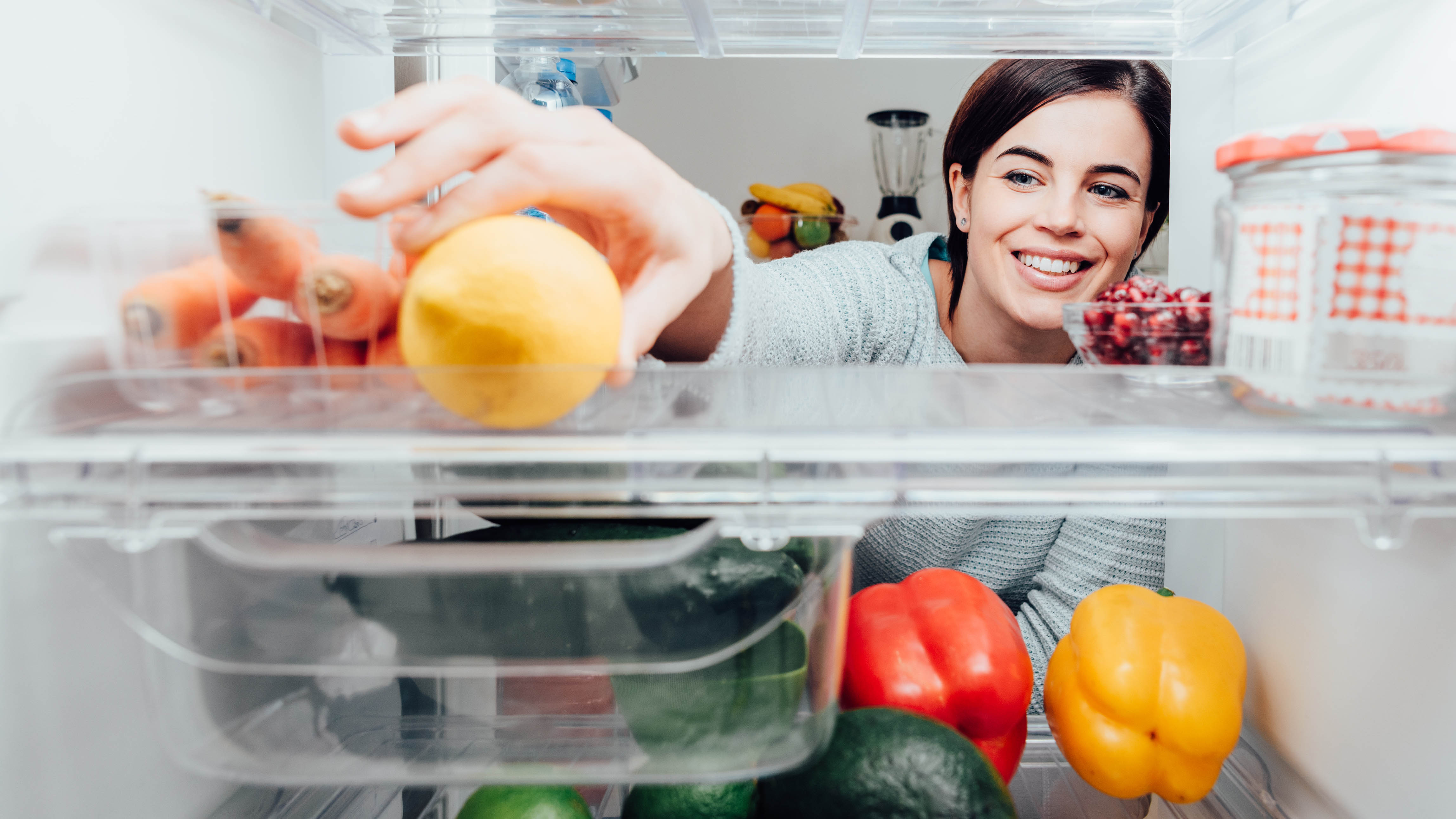
Every household needs one of the best refrigerators to chill our fresh produce and make our foods last longer. But while filing your fridge with groceries might seem simple enough, there may be refrigerator mistakes you never knew you were making.
Similar to these microwave mistakes you never knew you were making, such common errors could either make your refrigerator less effective or make you sick. In addition, using your appliance incorrectly could cost you money on food wastage from having to throw out spoiled groceries. So before you unpack your chilled items, make sure that you don’t make any of these 7 refrigerator mistakes, and make your foods last longer.
1. Not organizing foods where they should be
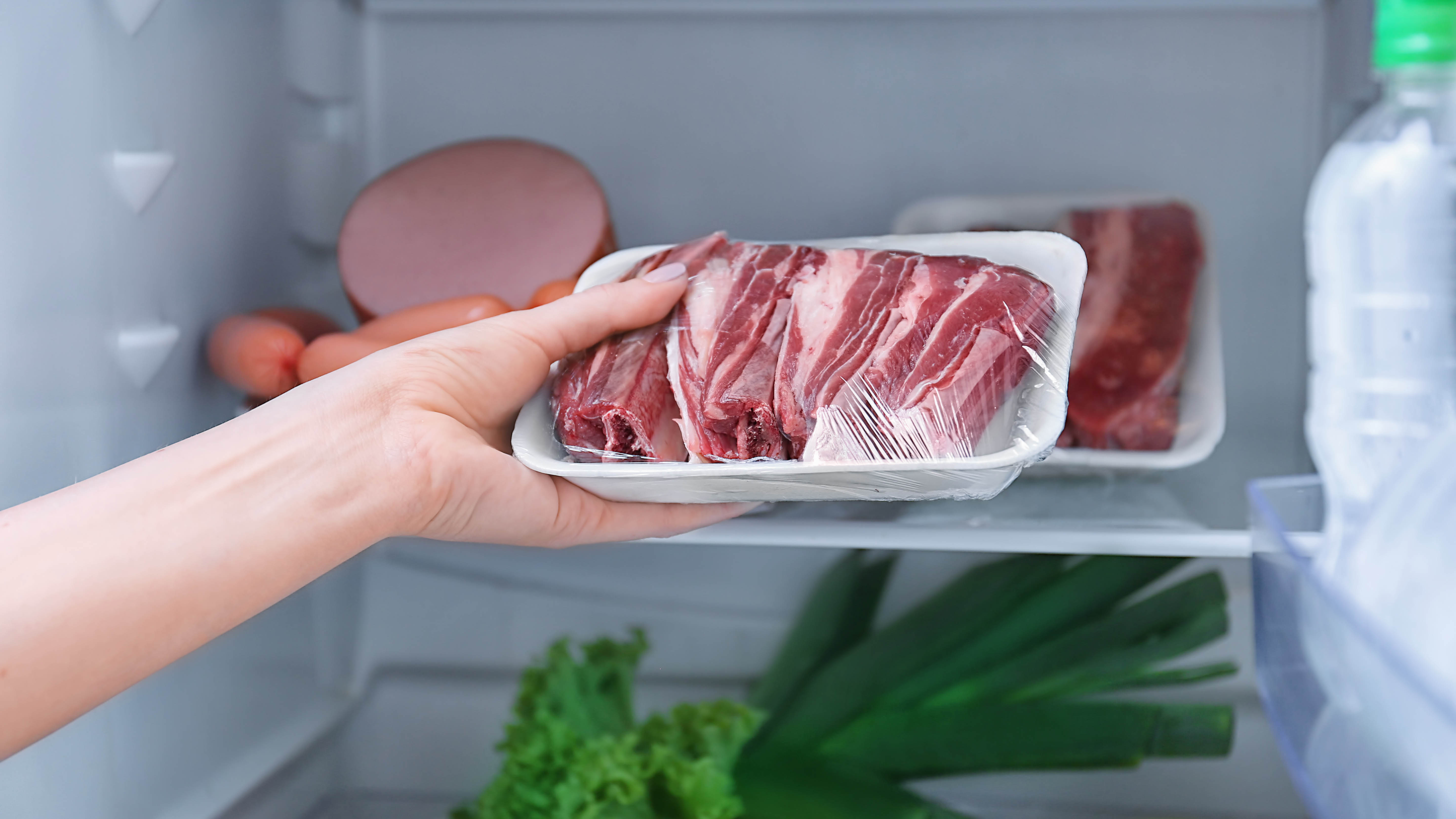
It may seem quick and convenient to just squeeze our groceries into every inch of space, but there is a right way of organizing our fridge. Storing foods in the right temperature zones will make foods last longer, saving us money on bills in the long-run. The general rule of thumb is to store leftovers and drinks on the upper shelves, and raw ingredients such as meat, fish, dairy products and other perishables on the lower shelves. The crisper drawer in your fridge is the ideal place for fresh produce. However, avoid putting fruit and vegetables next to each other because the ethylene from fruits can result in vegetables spoiling quickly.
If you want to know more about what foods go where, check out our 5 tips to organize your fridge, and make food last longer.
2. Putting the wrong foods in the fridge
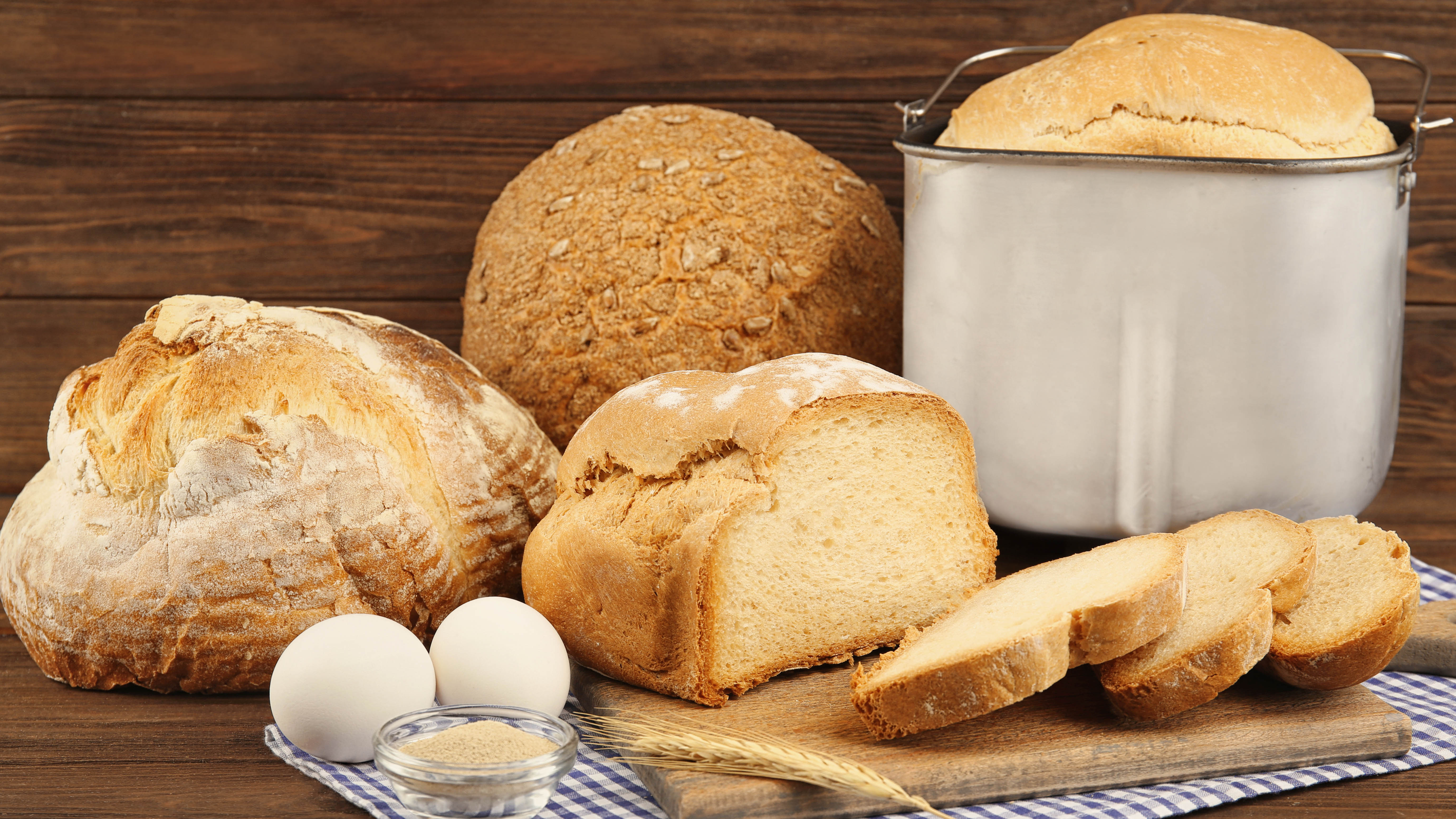
We often think the fridge is the most suitable place to keep all our perishables, but there are certain foods you should never put in the fridge. In fact, keeping such foods at a cold temperature will have the opposite effect, and will make them go bad, quickly reducing their flavor and nutritional value. Certain foods that you should never put in the fridge include bread, tomatoes, avocados, strawberries and fresh herbs. Ideally, these foods are best kept at room temperature, around 64-71 degrees F. Keeping such groceries out of the fridge will also save you from throwing out spoiled foods, especially if you want to make your food last longer and save money.
3. Overpacking your fridge
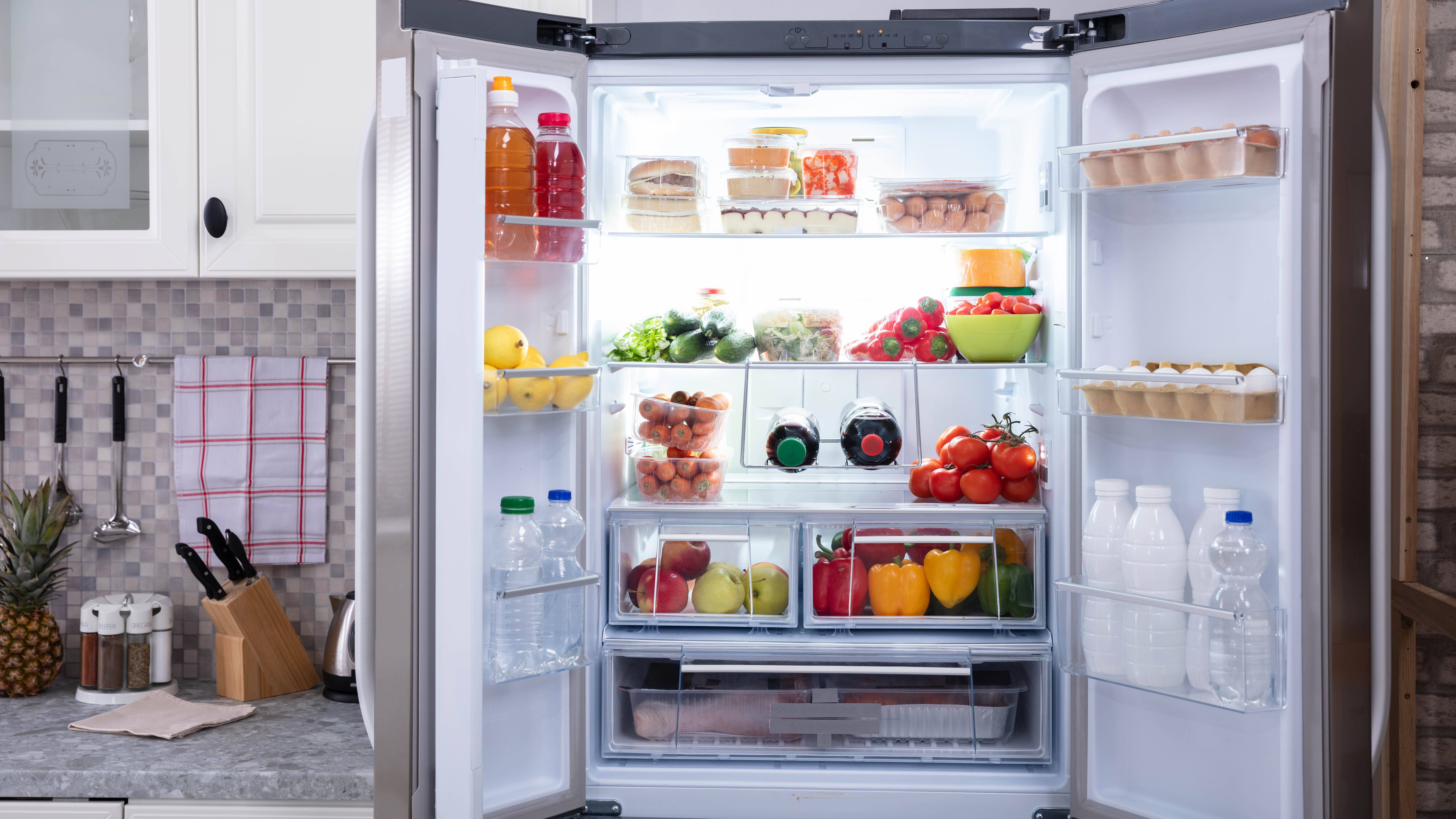
It may seem satisfying to have a full fridge, but this may not be ideal when it comes to your refrigerator (or freezer). Considering how tightly packed most of our refrigerators end up, it’s essential that we save enough space to keep it running efficiently. Essentially, the fridge needs enough room for the air to circulate and if it can't it might be one of the reasons why your refrigerator isn't cooling food properly. Without it, your fridge will struggle, eventually making groceries spoil faster. Fill your shelves correctly, but avoid overstacking groceries. Similarly, these are 3 reasons why you shouldn’t overfill your freezer.
4. Setting the temperature too low or high
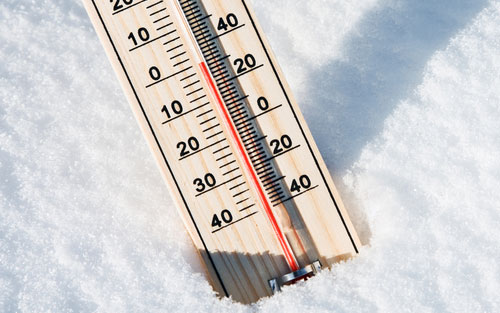
The wrong temperature setting can also affect the quality and lifespan of fresh produce. Ideally, the fridge temperature should be around 35 to 38 degrees F. If below 32 degrees F, foods will tend to freeze, while any higher than 40 degrees F and your food will be unsafe to eat. If your fridge doesn’t have a built-in thermometer, you can always hang one inside the fridge to check it every now and then. Selecting the correct temperature is one way to stop your refrigerator smelling bad.
Get instant access to breaking news, the hottest reviews, great deals and helpful tips.
5. Not allowing leftover food to cool down
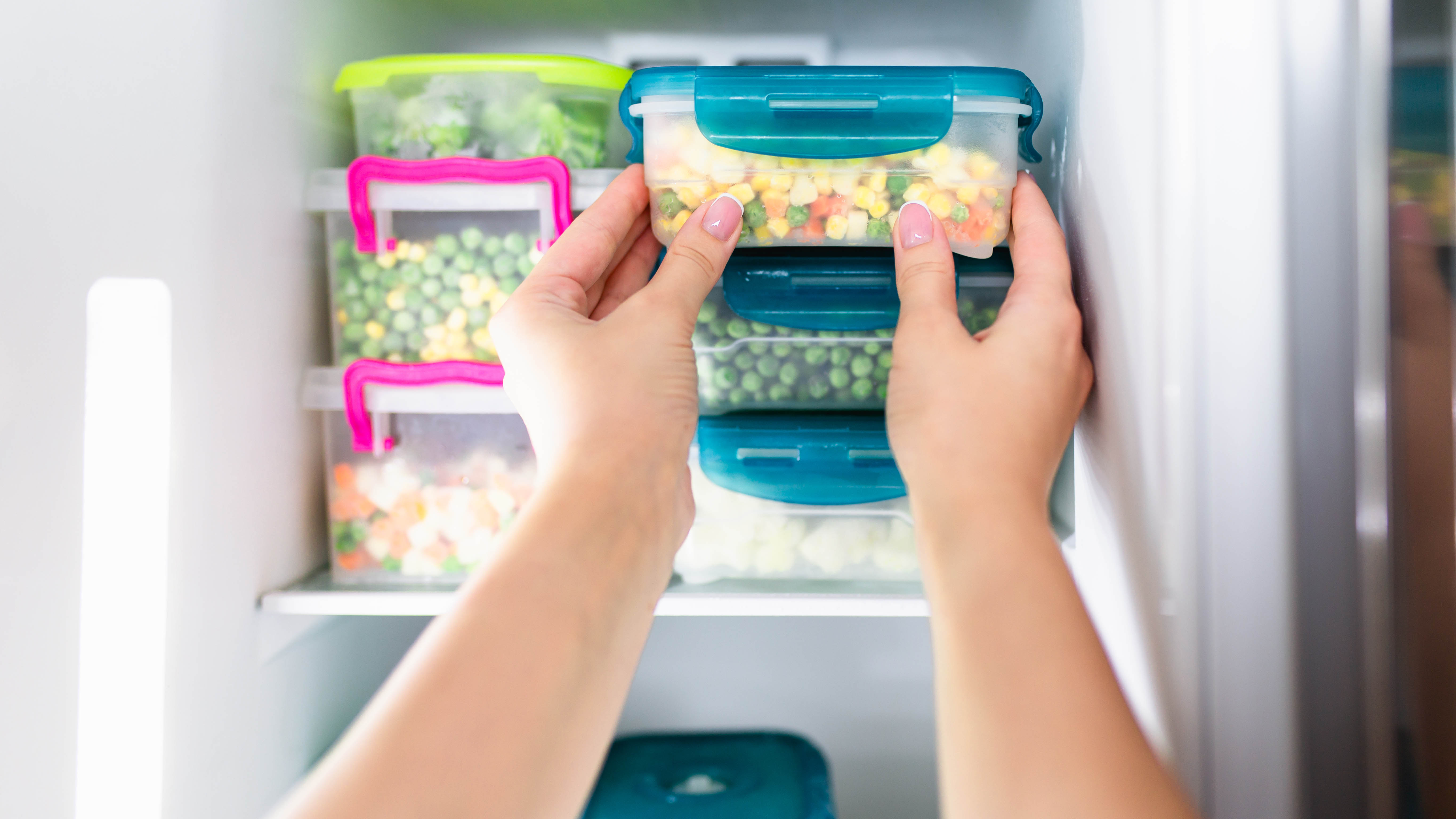
We’ve all had leftovers that we want to refrigerate to keep from spoiling. However, if you don’t wait for hot food to cool down properly, this can actually do more harm than good. While most refrigerators can cope with a little heat from small servings of warm leftovers, if the temperature goes above 40 degrees F, bacteria can start to multiply rapidly. This will inevitably make your leftover food unsafe to eat, causing food poisoning. It’s advisable to allow hot foods to cool down properly for about two hours before storing in the fridge.
6. Leaving the fridge door open
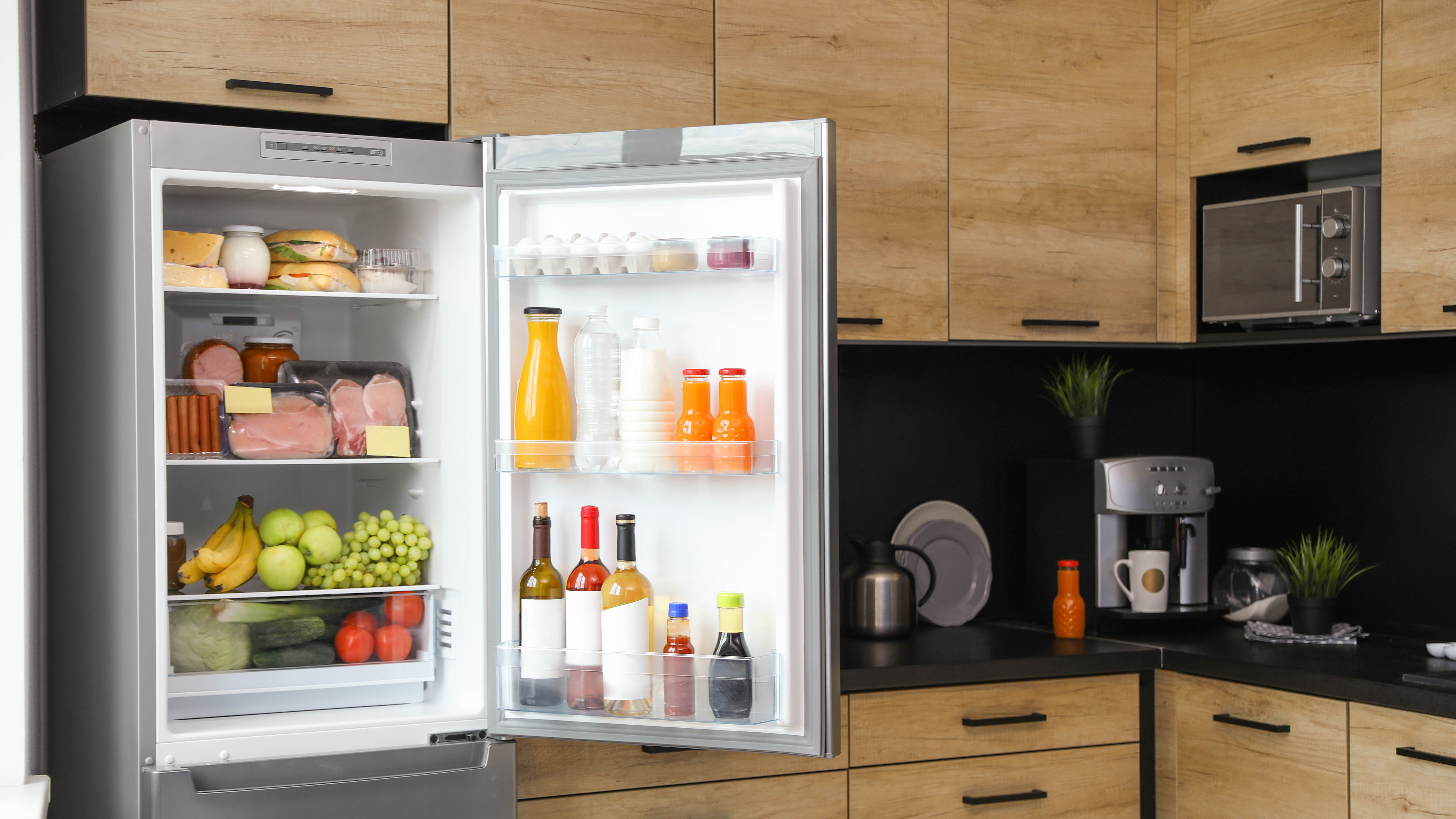
Whether we’re unpacking our groceries, or rushing off to tend to something urgent, it’s quite common to leave the fridge door open. Usually, it’s fine to leave open for a minute or two as your fridge can catch up on the short temperature loss. However, if you accidentally leave your refrigerator door open for a long time, or overnight, the temperature inside your fridge will start increasing as all the cool air is let out. This will turn the food warm, and likely to spoil quickly. While spoilage depends on the type of food, it’s best not to consume things such as milk, meat, or cheeses if exposed to air for an extended period.
7. Not cleaning it often
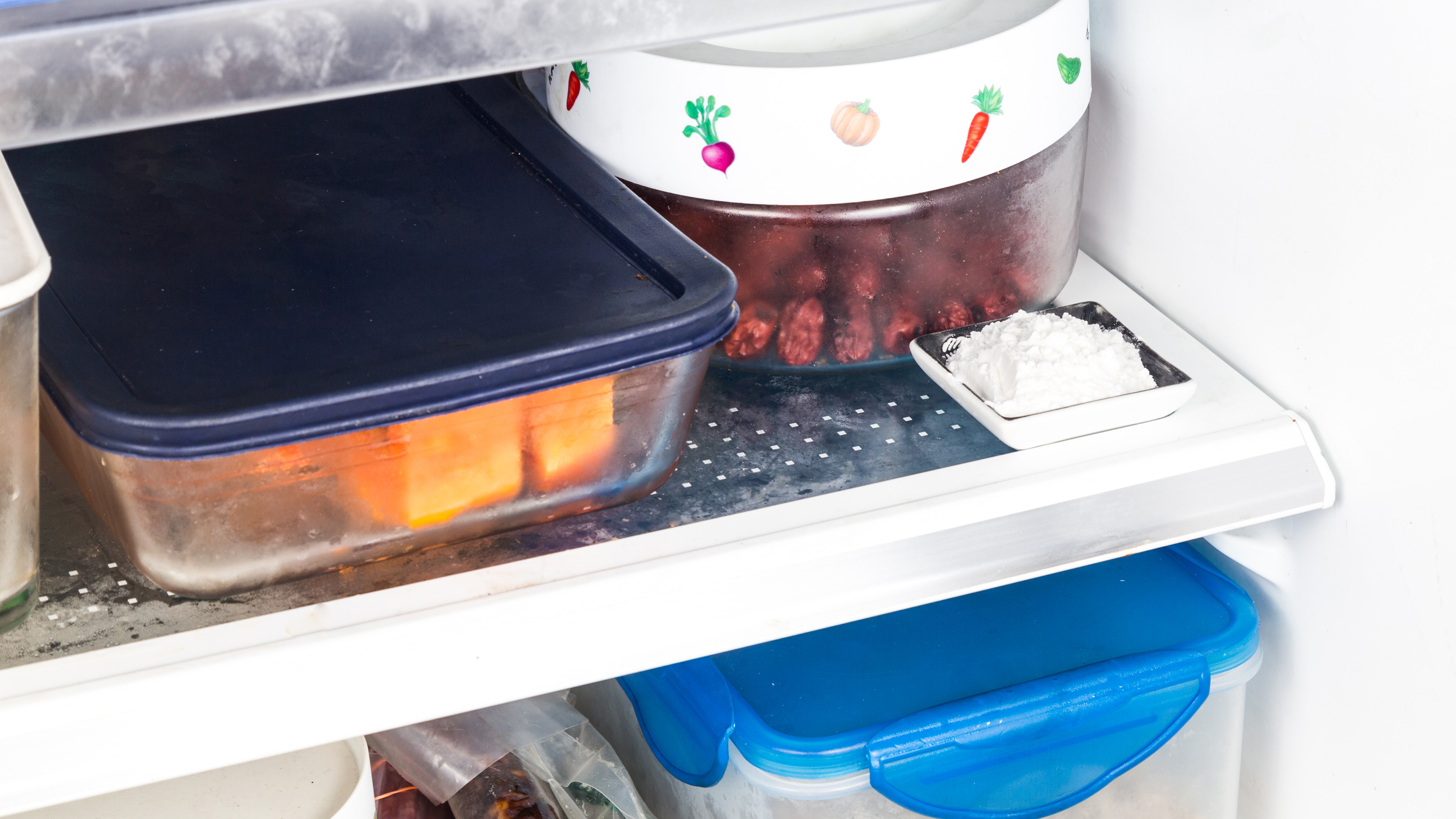
If you can’t remember the last time you gave your fridge a deep clean, you’re not cleaning it enough. The fridge is a number-one place for spills and leaks, and while we’ll wipe up the odd mess, we never give the entire fridge a good scrub. Just like our other kitchen appliances, it's vital to regularly clean a refrigerator properly to get rid of everyday dirt and bacteria spores. Also, pay attention to the seal of your fridge door as a build-up of dirt will prevent the seal from closing properly.
Another top tip is to leave a small tray of baking soda in the fridge to get rid of odors. Baking soda is a natural cleaning agent that can be used around the home. If you want to know more, check out these 10 things you didn't know you could clean with baking soda. Just bear in mind these things that you should never clean with baking soda to avoid damage.
Other tips on how to make groceries last longer
- Never leave chilled food out on the counter, and put it back as soon as possible
- If you have a full fridge, always turn down the temperature to prevent ice forming
- Avoid overfilling items in the fridge to allow air to circulate and keep a constant temperature
- Try to eat leftover meals within two days to avoid contamination
For more tips, tricks, and how-tos, check out our guides on the 14 foods that you should never put in the freezer, 15 things you should never put in a washing machine and 8 bread maker mistakes you never knew you were making, and 9 microwave mistakes you could be making.

As the Homes Content Editor, Cynthia Lawrence covers all things homes, interior decorating, and garden-related. She has a wealth of editorial experience testing the latest, ‘must-have’ home appliances, writing buying guides and the handy ‘how to’ features.
Her work has been published in various titles including, T3, Top Ten Reviews, Ideal Home, Real Homes, Livingetc. and House Beautiful, amongst many.
With a rather unhealthy obsession for all things homes and interiors, she also has an interior design blog for style inspiration and savvy storage solutions (get rid of that clutter!). When she’s not testing cool products, she’ll be searching online for more decor ideas to spruce up her family home or looking for a great bargain!
